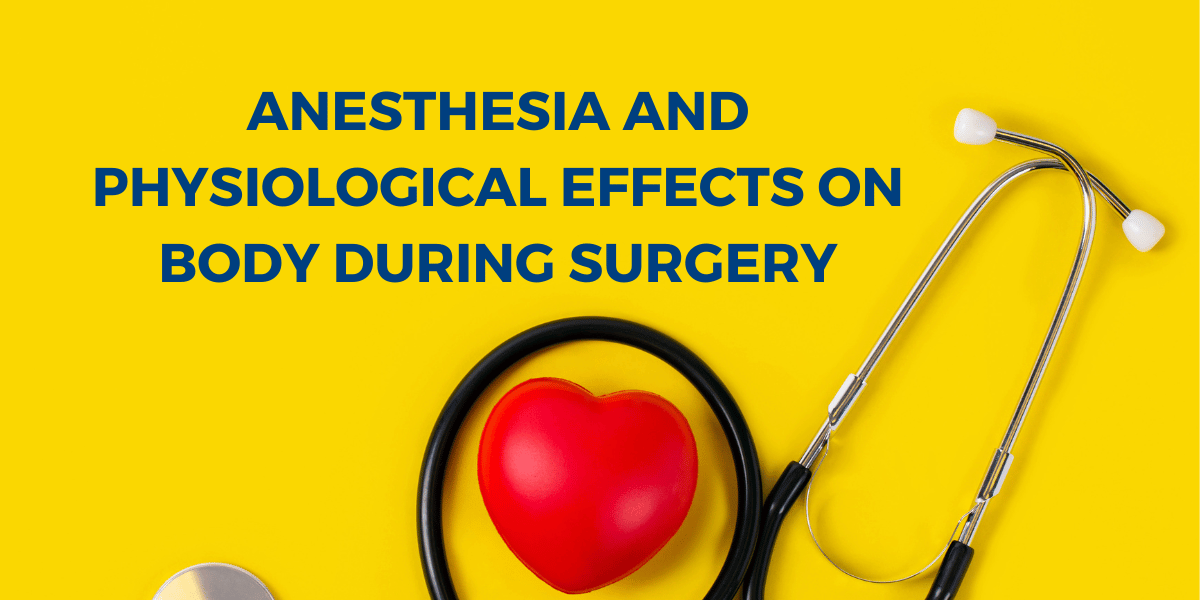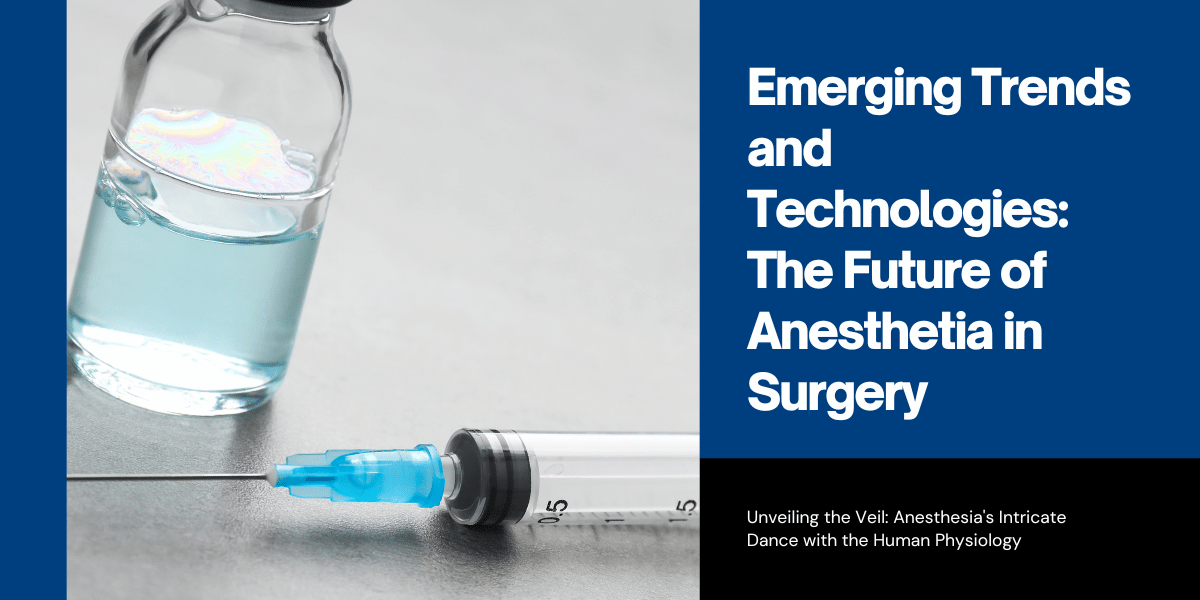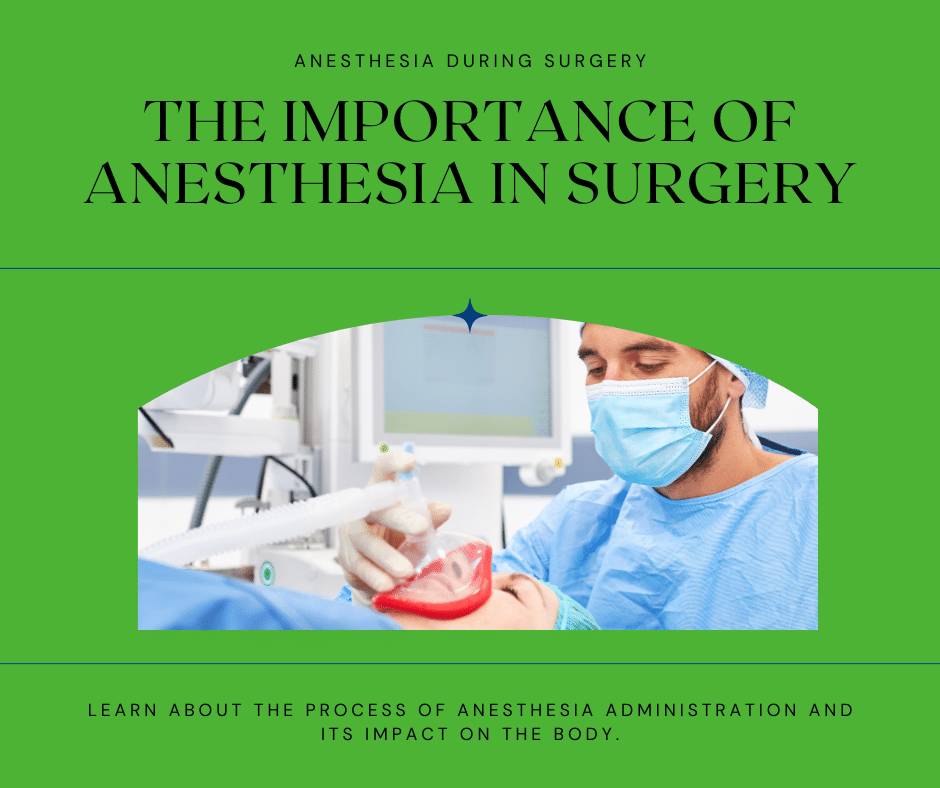Anesthesia and Physiological Effects on Body During Surgery
Unveiling the Veil: Anesthesia's Intricate Dance with the Human Physiology
Beyond the Veil: Navigating the Anesthetic Journey

Anesthesia: More Than Just Sleep
In the quiet realm between consciousness and oblivion lies the domain of anesthesia. This blog post delves deep into the fascinating world of Anesthetic Journey in surgery and its profound physiological effects on the human body during surgery. From the delicate balance of sedation to the intricacies of recovery, join us as we demystify this vital component of modern medical procedures.
Understanding Anesthesia: A Symphony of Sensation and Silence
In this section, we unravel the different types of anesthetia—general, regional, and local—exploring how they work and their unique physiological impacts. Readers will gain insights into the body’s response to sedation, the suppression of pain signals, and the delicate orchestration of vital signs by skilled anesthesiologists.
The Physiological Ballet: Impact on Body Systems
Anesthetia isn’t just about sleep, it’s a precise science that influences various body systems. We dissect its effects on the cardiovascular, respiratory, and central nervous systems. Readers will comprehend the intricacies of blood pressure regulation, oxygen saturation, and neural pathways, illuminating the meticulous planning and execution required for safe anesthesia administration.
Emerging Trends and Technologies: The Future of Anesthetia in Surgery

This section explores cutting-edge technologies and trends in anesthesia, from pharmacological advancements to the rise of personalized plans. We discuss the role of artificial intelligence, innovative drug delivery methods, and patient-specific anesthesia algorithms, providing a glimpse into the future of surgical sedation.
Navigating the Recovery Waters: Post-Anesthesia Care and Its Challenges
The journey doesn’t end when the surgery does, recovery is a critical phase influenced in surgery. From post-anesthetic recovery rooms to home care, readers will gain insights into the challenges and nuances of the recovery process. We address common concerns like nausea, grogginess, and potential complications, offering guidance for a smooth transition back to wakefulness.
Special Populations: Tailoring Sedation for Diverse Needs
Certain demographics, such as pediatric patients and the elderly, require specialized approaches to surgery’s. We explore the physiological differences in these populations, shedding light on how anesthesiologists adapt their techniques to ensure safety and efficacy. Additionally, we discuss anesthesia in pregnancy, highlighting the delicate balance between maternal well-being and fetal safety.
The Human Touch: The Role of Providers

Behind every successful anesthesia experience is a skilled and compassionate anesthesia provider. We delve into the importance of communication, empathy, and meticulous monitoring. Readers will gain a profound appreciation for the human element in anesthetia, understanding how trust and expertise are fundamental to a patient’s comfort and safety.




